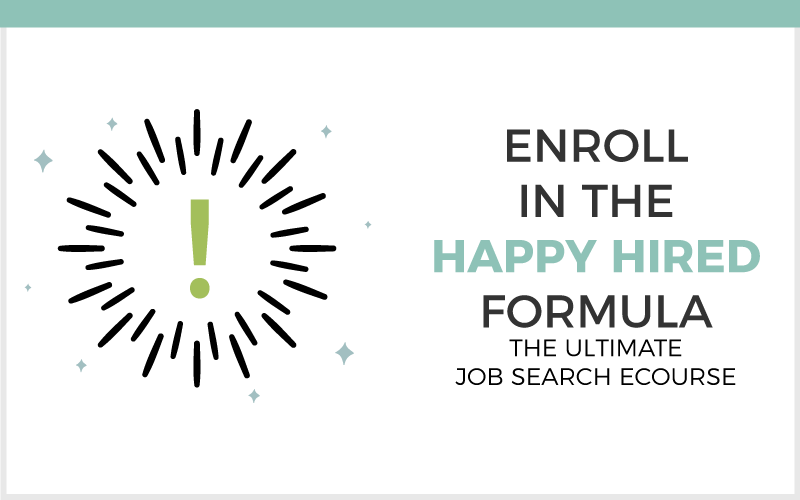Have you ever seen a job posting that says it was posted 120 days or even 60 days ago? You might be looking at that and thinking, “why should I even bother? They surely should have hired someone by now.” When is a job posting too old? In this article, I’m going to be breaking down how the recruiting process works. This can help you determine when it’s worth your time to put your name in for consideration.
When is a Job Posting Too Old?
In order to answer this question, it’s really important to break down the way that recruiters source and identify candidates to bring into the hiring process. Here’s what the life cycle of a vacant position looks like. You can use this knowledge to your advantage.
- The company determines that there’s a need for the role and a job title, a budget, and a description get approved.
- The company sees if they can identify anybody that can fill this role either internally or as a referral. (P.S.- This is how most jobs are snagged before they ever get posted online. It’s why I recommend to all of my clients that they introduce themselves to their dream employers even when a job isn’t posted.)
- If no viable candidates are identified, then the recruiters will source through various means, including posting the job on their website, as well as job boards, and maybe even reaching out to headhunters. Then they’re going to start to screen for the best resumes and referrals that come in so that they can set up phone interviews.
RELATED: THE KEY TO JOB SEARCH SUCCESS AND THE GOOD NEWS
At this stage, if a candidate passes a phone interview, recruiters will typically try to narrow down three to five top candidates to invite along with them for a second round of interviews. If the hiring manager decides that there isn’t a fit, then they’ll typically return back to source more viable candidates. They’re starting to narrow this pipeline down further and interviews may be conducted and an offer might even be extended. In the back end, if a candidate accepts the offer, they’re going to move them to a new status that says the candidate accepted the offer and the position will then get closed out and taken down from all of the job boards. So if the candidate rejects the offer, then they’re going to go back through the sourcing, through which they’ll start to sift through all of the applications that they’ve received.
RELATED: 3 CRUCIAL STEPS TO KILL AN INTERVIEW + THE MOST UNDERRATED INTERVIEW TIP
Within the first few weeks of the job being freshly posted, it’s likely that they’re screening and looking at resumes to see what’s coming in. That being said, if a job is still posted, it means that a candidate has not accepted an offer yet. The position is still vacant and it’s worthwhile to still apply online and follow up to get visible. If your background is a fit, this is going to ensure that you secure interviews, even if they’ve already brought other candidates on site. if you’re following up with your dream employers, even if there isn’t a job posted online, do they know that you exist? This introduction and follow-up technique is seriously one of the best ways to get visible and what allows my clients to get immediate interview scheduled, even when they’ve been rejected through the online applicant tracking system.
RELATED: HOW TO FIND THE RIGHT PERSON TO FOLLOW UP WITH AFTER SUBMITTING A JOB APPLICATION
So there you have it, that’s the life cycle of a recruiting process pipeline. Again, if you are applying online, don’t just leave it to chance, make sure that you’re following up. And if you see a job that’s still posted, it doesn’t hurt to introduce yourself. The bottom line is that you’ll never know what job is coming up now or in the future!














